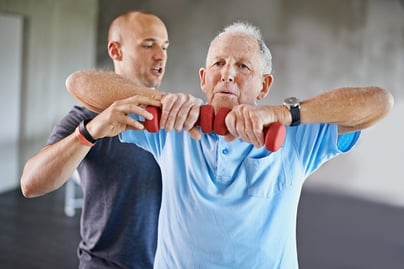 Resident wellness programs have been on the rise in senior living as consumers demand more robust and holistic options for living well. Despite the market's increasing infatuation with branding and labeling wellness in the community setting, I think the industry has a lot of room to continue to grow so that we're building programs, services, staffing, and amenities in a way to facilitate residents' desires to live well. Following are some common pitfalls that result in dated or stunted wellness programs, along with ideas for how to evolve past those sticking points.
Resident wellness programs have been on the rise in senior living as consumers demand more robust and holistic options for living well. Despite the market's increasing infatuation with branding and labeling wellness in the community setting, I think the industry has a lot of room to continue to grow so that we're building programs, services, staffing, and amenities in a way to facilitate residents' desires to live well. Following are some common pitfalls that result in dated or stunted wellness programs, along with ideas for how to evolve past those sticking points.
Your exercise program is not the same thing as your wellness program.
In the consulting work I do, it is so common for communities to point to their exercise classes as the primary example of how they are offering their residents a wellness program. And while I would agree completely that the exercise program is a key to a successful wellness strategy, it's not the only element; and for some communities, it may not even be primary.
You absolutely want the exercise program to serve many of your residents, but it's important to acknowledge that not all of your seniors will participate. The class offerings, individual services, exercise equipment, and related amenities need to be diverse and well communicated. There should also be effective resident outreach to consistently draw in new participants.
Even when communities are executing well with their program, there is often room for improvement within the exercise offerings. Class formats and descriptions can be reviewed, and fitness center services like exercise prescriptions and fitness testing should be evaluated. Even taking a closer look at replacing small, worn-down equipment can offer subtle but positive upgrades to your program.
[Related Content: Four Tips for Improving your Resident Exercise Program]
A full activities calendar is the wrong goal for your wellness program.
I think sometimes folks in the activity director role find themselves in the position of order taking—you’re catering to the vocal minority. And who can fault you for wanting to make your constituents happy? But there are traps and pitfalls for your resident wellness program if your activities and events are built from an order-taking model.
Sometimes one of the challenges with the philosophy on how events and programs are placed on the schedule is actually cultural in the organization. We set the wrong benchmarks for evaluating effectiveness in activities. We focus on how full the calendar is, or leadership communicates that the goal of the activities staff is to make sure the residents are busy, that they have something to do, that we’re making their days pleasant and full.
But if you stepped back and looked objectively at the unique elements on your last six months of activities calendars, is there anything on there that would interest you? Is there anything on those calendars that, if you were new in the environment and were looking to try to make friends, you might venture out of your apartment to attend?
When you do program planning from residents' limitations, you limit your program.
It's easy to get into a rut in senior living where you start to see more limitations from your residents than potential, and when we get trained on what seniors can't do, we unintentionally build programs around those perceived barriers.
We tell ourselves a story about the residents; we say they’re frail, they’re limited, they don’t like to leave the community, they don’t like change. We say we tried that program and the residents won’t do it.
While you may have some residents who are frail, limited, unlikely to try new things, fearful, or begrudging of change, you also have residents who can be described with a whole host of other adjectives like adventurous, bright, eager, optimistic, friendly, kind, enthusiastic, loyal, and patient.
Evolving your activities and exercise programs may require a full-scale change in how you view your residents' desires, passions, and abilities. Stripping old assumptions is never easy, but it could be the first step toward building a better wellness program for the community.

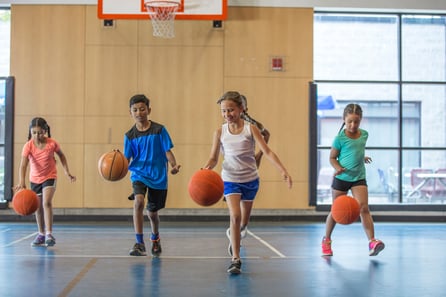 Children come in all shapes and sizes and with many unique interests. Keeping a child active is a good way to instill a love for movement. Once kids lose interest in playgrounds, what’s the next thing you can do to help them with staying active and healthy?
Children come in all shapes and sizes and with many unique interests. Keeping a child active is a good way to instill a love for movement. Once kids lose interest in playgrounds, what’s the next thing you can do to help them with staying active and healthy?

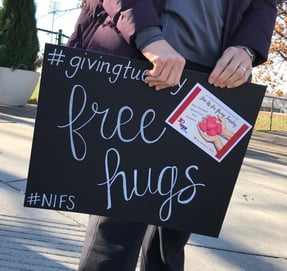
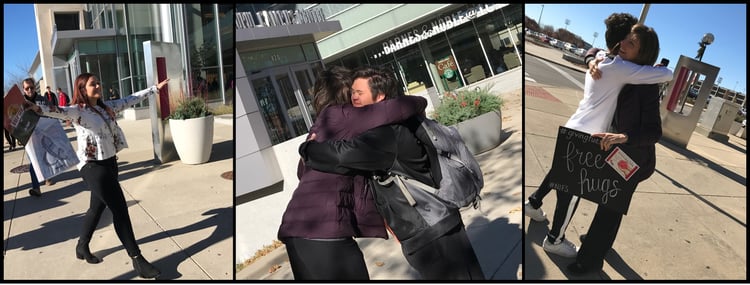
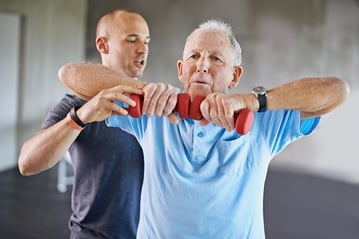 Many seniors fear cognitive decline more than any other disease associated with aging. The good news is that engaging in activities that support brain health and brain function can reduce seniors’ risk for cognitive decline and dementia. In fact, training your brain is kind of like training your body with regular exercise, and it can really complement your fitness programs with proper planning. Not sure where to start? Here are five steps to create a focus on brain training in your senior living community.
Many seniors fear cognitive decline more than any other disease associated with aging. The good news is that engaging in activities that support brain health and brain function can reduce seniors’ risk for cognitive decline and dementia. In fact, training your brain is kind of like training your body with regular exercise, and it can really complement your fitness programs with proper planning. Not sure where to start? Here are five steps to create a focus on brain training in your senior living community.
 These days it seems there is one new health or
These days it seems there is one new health or 
 Resident wellness programs have been on the rise in senior living as consumers demand more robust and holistic options for living well. Despite the market's increasing infatuation with branding and labeling wellness in the community setting, I think the industry has a lot of room to continue to grow so that we're building programs, services, staffing, and amenities in a way to facilitate residents' desires to live well. Following are some common pitfalls that result in dated or stunted wellness programs, along with ideas for how to evolve past those sticking points.
Resident wellness programs have been on the rise in senior living as consumers demand more robust and holistic options for living well. Despite the market's increasing infatuation with branding and labeling wellness in the community setting, I think the industry has a lot of room to continue to grow so that we're building programs, services, staffing, and amenities in a way to facilitate residents' desires to live well. Following are some common pitfalls that result in dated or stunted wellness programs, along with ideas for how to evolve past those sticking points.


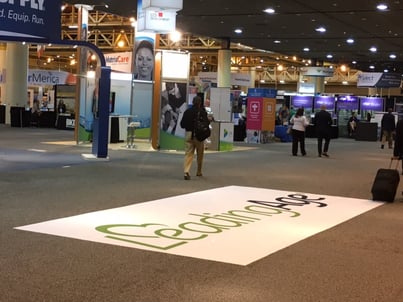 This week more than 7,000 professionals working in senior housing and related businesses converged in New Orleans, LA, to share their passions, learn from each other, and return back to their communities inspired to continue doing great work for the older adults they serve. I was honored to be at the
This week more than 7,000 professionals working in senior housing and related businesses converged in New Orleans, LA, to share their passions, learn from each other, and return back to their communities inspired to continue doing great work for the older adults they serve. I was honored to be at the .jpg?width=320&name=LeadingAge%202017%20(2).jpg) As I sat in the
As I sat in the